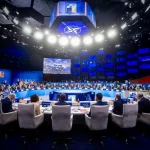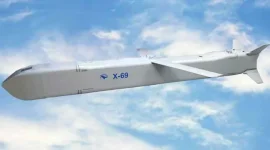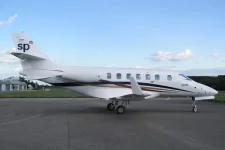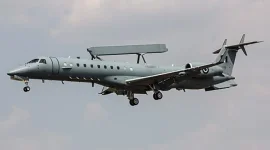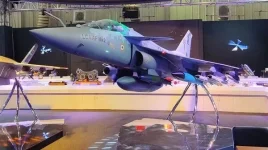- Views: 78
- Replies: 1
Crucial modernization initiatives for the Indian Air Force (IAF) are encountering major roadblocks, sparking significant concern over India's air superiority in a region where the Pakistan Air Force (PAF) is making rapid advancements in next-generation combat aircraft.
According to defence analysts, a persistent state of indecision and bureaucratic delay within India's defence establishment is stalling vital projects, threatening to create a critical capability gap with its neighbour.
The most prominent example of this stagnation is the Multi-Role Fighter Aircraft (MRFA) programme, a plan to acquire 114 modern jets to reverse the IAF's shrinking squadron numbers.
The force is currently operating with approximately 31 squadrons against a sanctioned requirement of 42, a shortfall that impacts its ability to manage a potential two-front conflict.
Despite years of deliberations, a formal tender, or Request for Proposal (RFP), has not been issued. Experts note that even after an RFP is released, the procurement process, involving complex trials, negotiations, and approvals, could take several more years to conclude.
This slow pace extends to the indigenous defence sector, undermining the government's 'Atmanirbhar Bharat' policy. Key projects developed by Hindustan Aeronautics Limited (HAL) and the Defence Research and Development Organisation (DRDO) are awaiting firm support from the IAF.
For instance, the HAL Combat Air Teaming System (CATS) Warrior, a sophisticated "loyal wingman" drone designed to fly alongside manned fighters, is being developed primarily with HAL's own funding, lacking a formal commitment from the air force.
Likewise, other critical force multipliers like air-launched loitering munitions and new cruise missile systems are reportedly delayed due to a lack of prioritization and funding.
Further compounding the issue is the stalled progress in enhancing the IAF's mid-air refueling fleet. The ability to refuel fighter jets in the air is essential for extending their operational range and time on station, a critical factor in modern warfare.
However, repeated attempts to procure new aerial tankers have failed to materialize, leaving the IAF to depend on its small, ageing fleet of Russian IL-78 refuelers and limiting its strategic reach.
In sharp contrast, the Pakistan Air Force is actively modernizing.
It has formally joined Turkey's ambitious 5th-generation fighter programme, the TAI KAAN, with Pakistani engineers actively participating in the development. This collaboration, under Pakistan's "Project Azm," aims to induct a stealth fighter by the end of the decade.
Furthermore, the PAF has already strengthened its fleet with the induction of Chinese-made J-10C 'Vigorous Dragon' fighters, which are considered 4.5-generation aircraft, providing a significant technological upgrade.
The divergence in momentum is a source of growing alarm. While India's domestic defence industry shows potential with advanced platforms like the CATS Warrior, the absence of timely decision-making and financial backing from the IAF is hindering their development and induction.
If these critical modernization programmes are not expedited, analysts warn that the Indian Air Force risks falling behind an increasingly capable adversary, potentially altering the strategic balance in the region.

